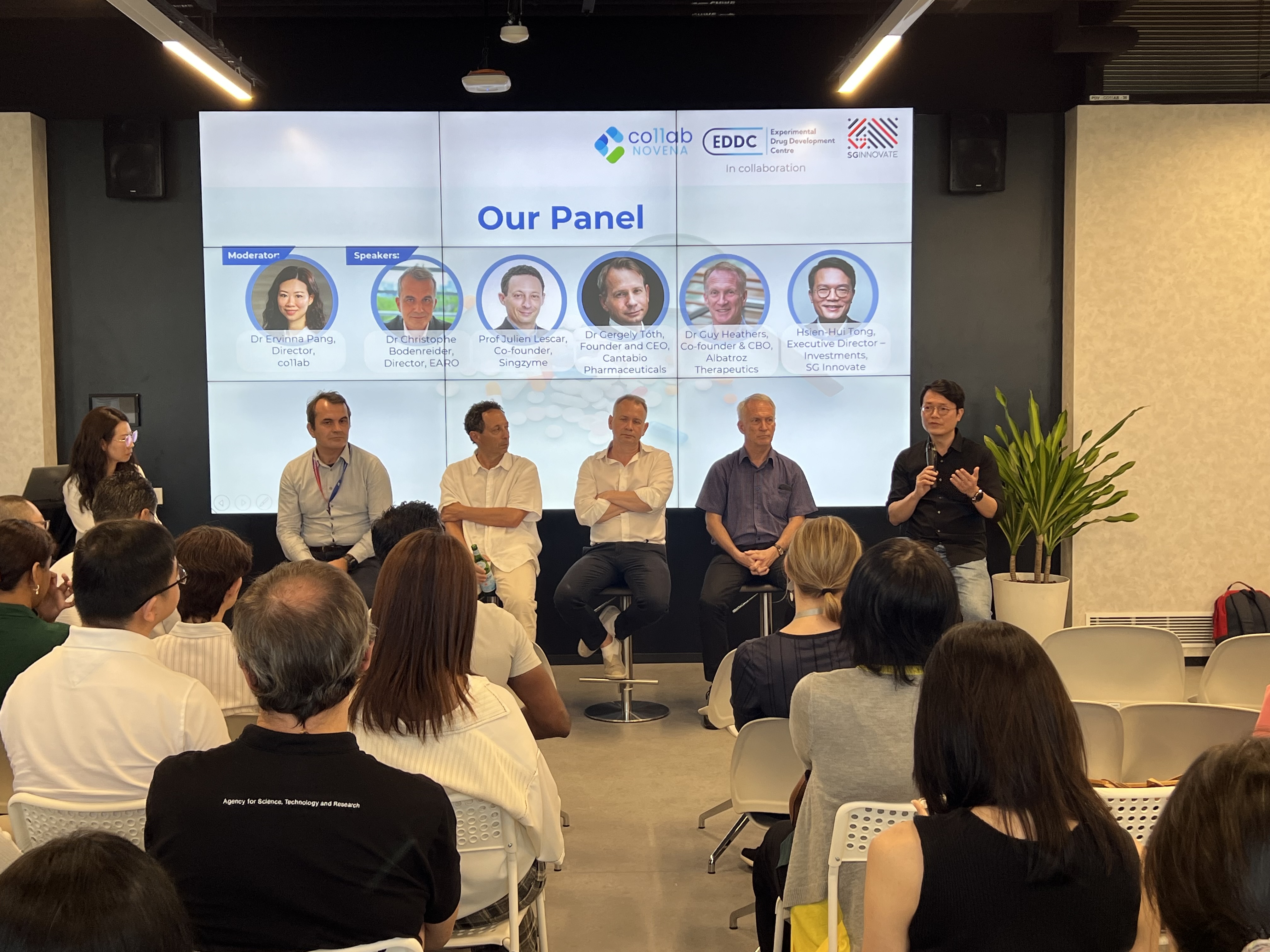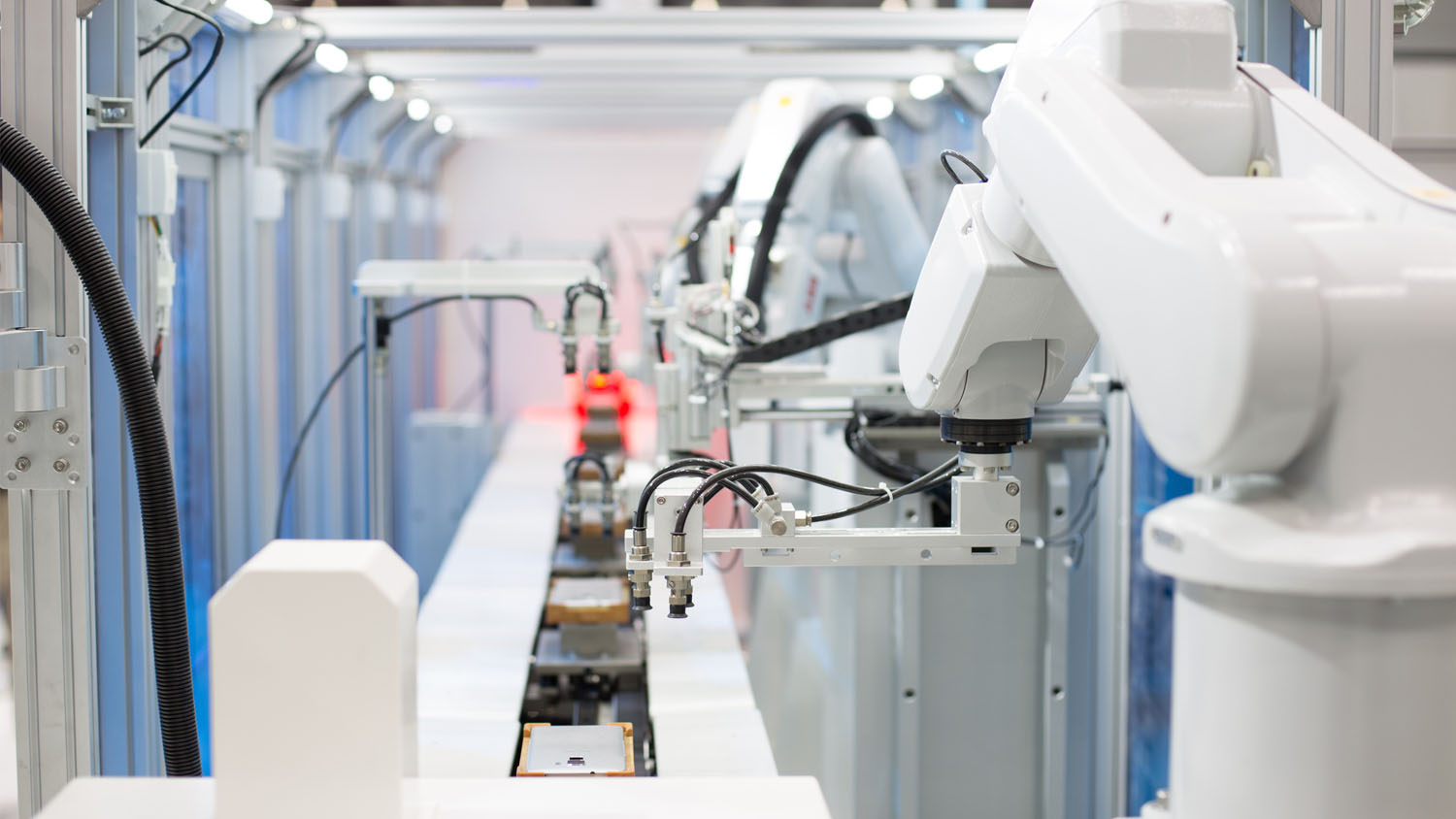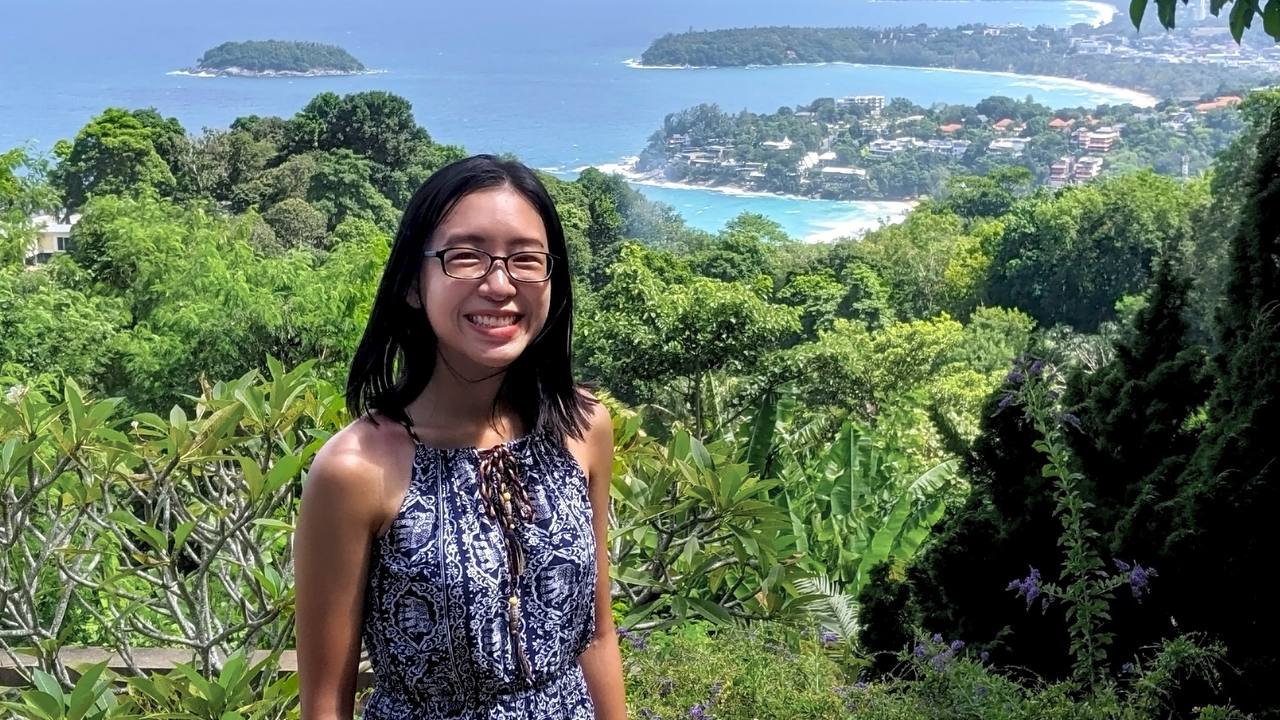The pathway from drug discovery to commercialisation
Thu, 09/14/2023 - 12:00
From bench to business: Leading experts delve into the challenges and solutions of translating biomedical research breakthroughs into successful ventures.
Navigating the complex journey to a thriving business venture is no small feat. The path is laden with challenges—from the validation of research findings to the complexities of market dynamics to effective messaging in a noisy, crowded space. Many researchers grapple with the daunting task of translating their ground-breaking studies in drug discovery into tangible, market-ready products.
This endeavour is further intensified by the need to secure funding, manage growth, and position oneself strategically in a competitive landscape.
A recent seminar organised by Co11ab Noveva, Experimental Drug Development Centre (EDDC), and SGInnovate brought together panellists to shed light on how startups can attract investors, other funding avenues and the importance of protecting intellectual property (IP).

At the discussion moderated by Director of Co11ab, Dr Ervina Pang (left) with (L to R) panellists Dr Christophe Bodenreider, Professor Julian Lescar, Dr Gergely Tóth, Dr Guy Heathers and Mr Hsien-Hui Tong.
From bench to boardroom pitch
The pharmaceutical and biotech industries are filled with well-established players and the odds of securing initial seed funding requires differentiating yourself from the current competition—by focusing on novel discoveries or lesser-known disease targets.
Dr Guy Heathers, Co-founder and Chief Business Officer of Albatroz Therapeutics, emphasised that while it may be difficult at first, potential returns may prove advantageous in the long run. “Start a conversation. [These novel drug targets are] not something that [investors] see in Boston or San Francisco or Cambridge.”
On the flip side, a novel drug target could be viewed as a risky venture for investors. “You've got to convince people that this is actually a viable target or a viable project,” added Heathers.
Echoing Heathers’ perspective, Mr Tong Hsien-Hui, Executive Director of Investments at SGInnovate underscored the need to check for market opportunity. “Investors look at the broader feasibility of a product’s return on investment before committing,” he said.
Recalling the tale of a Singapore-based cell and gene therapy company that tried to seek funding from SGInnovate, Tong shared that no investment was given to the company as there was already another competitor conducting a small molecule clinical trial.
“We look at the kind of investments we make from a very practical aspect,” Tong said. “Even though the company is local, the product’s likelihood of being economically viable—even if it gets to market—will be compromised by the fact that there already are other drugs that are much cheaper, and more likely to get reimbursement.”
Looking beyond private investment
Venture capital (VC) firms and private investors may seem like an obvious choice to search for initial funding. However, investors are now more cautious with where their money goes. Tong drew reference to previous years when there was a large boom in the number of startups with very high valuations during an era of rapid investment.
“In many of the companies we have seen during this ‘frothy’ era,” he said, “The valuations are way out of whack.” He further explained that these companies were unable to generate revenue and growth that justified these inflated valuations and ended up disappearing, leading many VCs to lose out on their reimbursements.
When asked whether there were alternatives, Tong and Heathers suggested looking at government grants and funds for startups from government-linked organisations. This could not only help secure seed funding for the startup’s initial growth, but also leverage resources with a government-linked organisation. For instance, startups can become familiarised with government regulations while commercialising a product.
“Everyone thinks obtaining FDA approval is optimal pathway—that’s not always the case,” added Tong. “If a particular product works well in Asia, then focus on that region first, before venturing into other geographical markets.”
Securing the right talent
Even after acquiring initial funding, translating findings from the laboratory to the real world requires more than just expertise in academia. Dr Gergely Tóth, Founder and CEO of Cantabio Pharmaceuticals, explains translating discoveries into a commercial space is a “rigorous and multidisciplinary process”.
Heathers echoes this, elaborating on the need to work with people who are flexible and open-minded. “They know what they don’t know,” he says. “This allows for different expertise and perspectives to fill in the gaps present throughout the translation process.”
Professor Julien Lescar, Co-founder of Singzyme, added, “There is a big gap between [research in academia] and going to all the way to commercialisation. You need a good team—a dedicated team—which has the experience to go into that direction and who are not afraid to voice out opinions and advice.”
Tong concluded by saying a balanced and flexible team will help take a company forward throughout the many stages of building and growing a company. From clinical trials to mass production and market-wide launch, “there will be a period in which [leadership] have to hand over the reins of the company to other people that can take it forward.”
Safeguarding biomedical innovations
Startups—especially ones that have spun-out from academic institutions—will generate new IP and patents from their research. And for small companies that could easily have their IP poached by Big Pharma, protecting IP and filing patents is essential in securing ownership over the technology and processes behind the final product, said Lescar.
Dr Christophe Bodenreider, Director of EDDC, emphasised that startups should begin filing patents only when they are confident in their IP protection and have a solid defence strategy. This is because the patent filing and IP protection processes are both time-consuming and costly.
Starting up in Singapore
Bodenreider and Tong both stated that Singapore currently is in a unique position to help incubate and grow drug discovery startups. An abundance of funding opportunities from both the private and public sector, good research infrastructure alongside a stable political landscape creates a great ecosystem for early-stage startups to thrive.
However, despite the advances in recent years, there is still more room for improvement. “We need to see more complex manufacturing capabilities develop in Singapore, and more talent flowing in to help these companies move beyond early-stage growth into stable growth,” said Tong.
“Singapore has [all the elements] to succeed. But it is also about taking risks and not being afraid of failing. In the US—although on a different scale—people try, fail and they try again. I think we can do the same here,” Lescar added.
Find out more about SGInnovate’s upcoming networking and community events here.
Trending Posts
- Scaling nanomaterials is challenging — Meet the startup with a hybrid solution
- Surveying Singapore's early-stage emerging tech startup landscape
- Mentor's Perspective: How hiring a TCM Physician has benefitted this MedTech startup
- From meridian points to machine learning
- A Guide to Singapore’s Cell & Gene Therapy Ecosystem






